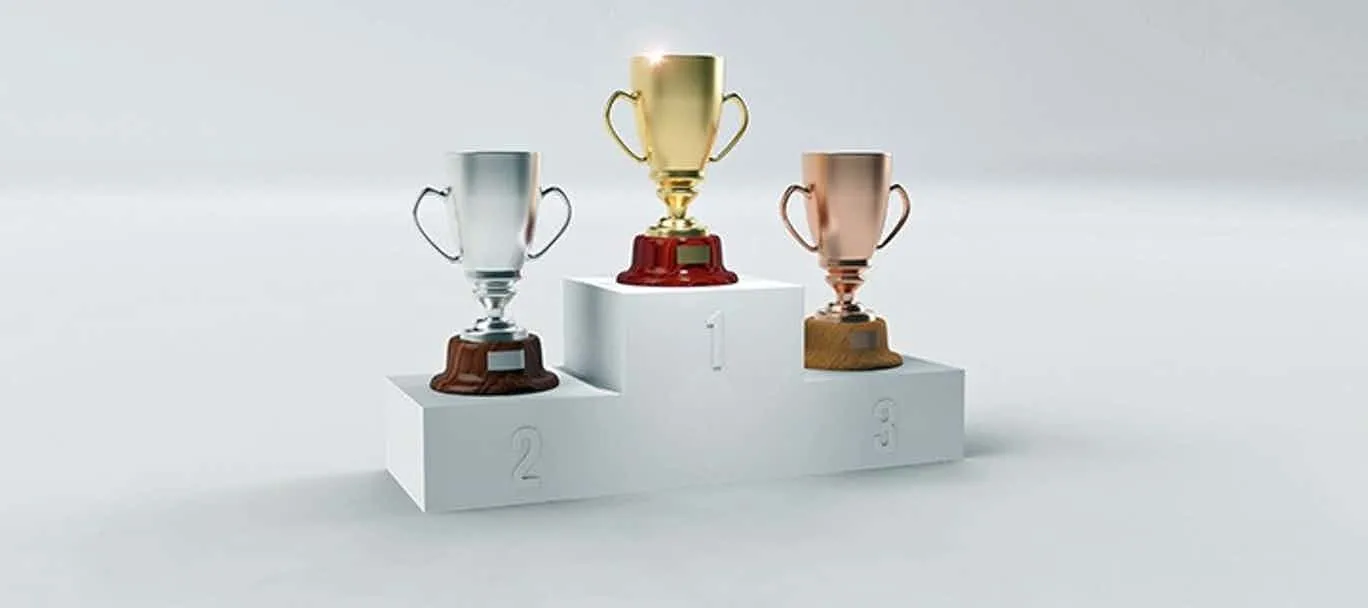More Awards Analysis — From Grand Jury Finalist to Award-Winner

I have posted a number of stories already analyzing various 2018 International Chocolate Awards (ICA) competitions.
> The goal of this analysis to provide a better understanding of which companies and which origins are winning awards, and to discover commonalities and differences between competitions (e.g., does the regionality of a competition affect origin popularity and why (it appears to), among other statistics.
While the first stories have been about the 2018 ICAs – which is simply because there are more data points in each entry and more overall competitions to analyze – the ultimate goal is to include the Academy of Chocolate awards (which I have begun analyzing), the Northwest Chocolate Festival awards (I am still searching for the winners for two years), and the Good Food Awards (chocolate and confectionery categories) at a minimum. There will be analysis within each awards program and analysis across all of the awards programs for which I can get data.
> Initial analysis so far across the European Bar, Asia-Pacific, and Americas round potentially shows the influence of makers on which origins are likely to be most popular. In the European Bar competition the most popular origin was Nicaragua, which makes sense when you consider Friis-Holm won more awards than any other maker and uses Nicaraguan beans exclusively. In the Asia-Pacific round, Taiwan was the most popular origin, again because one maker Fu Wan, won more awards than any other maker and listed Taiwan as the origin for their entries. In the Americas round, Ecuador was the most popular origin, again due to the influence of a single maker, Pacari. It will be interesting to see if/how this regional influence plays out in the Worlds round. This could change if I can get the bean origin for the entries who did not provide it, and this is why I am asking entrants to supply me with the information.
One area in which the International Chocolate Awards provides more data is they publish lists of Grand Jury finalists. These are the entries that make it through an initial triage judging phase, sorting out entries the judges believe are not of sufficient quality to be considered for judging for an award. This reduces the judging load and fatigue on the judges’ palates.
The following screenshot shows my analysis for two categories (plain dark and plan dark/micro-batch) of the Americas round of the 2018 ICAs. It is one of four competitions in the 2018 series where information about grand jury finalists is published (the other three are European Bean-to-Bar, Asia-Pacific, and Peru). What I have done in the background (screenshot below) is to do a side-by-side comparison of all of the Grand Jury finalists and winners. What I am showing above is the overall stats for the two categories:
There are not enough data points here (I have only completed two categories from one competition) to reach any determinative analysis. What will be very interesting, when I have the time to complete the analysis, will be to compare the results from the European, Peruvian, Asia-Pacific, and Americas round against the World Final competition.
Behind the scenes (in the screenshot below) what I do for each category is to :
- Copy all of the Grand Jury entrants in each category into Column D. I have then taken the winners and copied them into separate columns for Winner, Bar name, Percent, Origin, and Notes.
- Move the Winners to their respective rows in the Grand Jury Finalist column. In this way I may (eventually) be able to discover if any tendencies about origins and percentages that might emerge.
- Count, for each company, how many entries they have in the category (Column E) and;
- Count how many winners they have (Column (F).
- Then perform calculations to figure out the total number of entries and winners in a category, the percentage of winners for each entry, and averages, minimums, and maximums for entries and winners. The first screenshot shows the results of those calculations.
Although I have not done it yet, I do plan to do some further analysis to understand how many overall entries make it into the Grand Jury round and then end up winning awards. Again, there aren’t a whole lot of data points to make determinative judgments but some patterns may be revealed.
I have been asked why I am doing this analysis … that will be the subject of my next post.
Do you have any questions about these analyses? Things you would like to see? Updates on entries? Please post in the comments below.

